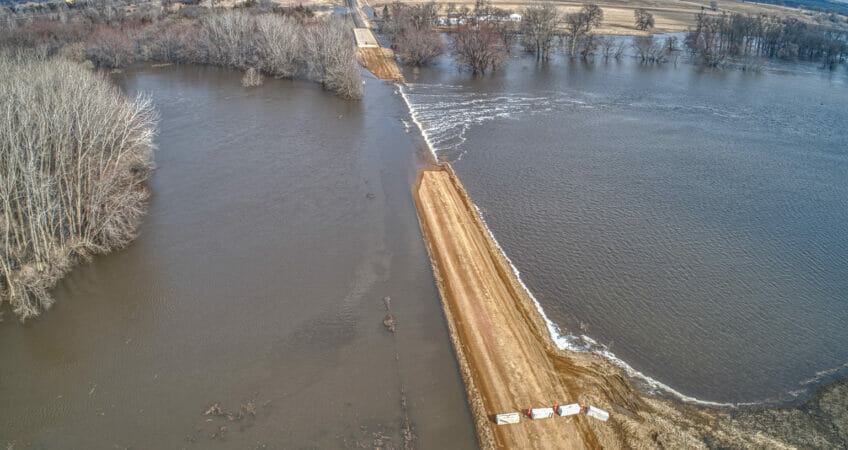Flooding season has become a hot topic in the Red River Valley the past few decades. Since the 100-year floods of ’97 and ’09 (500-year flood in ’97 for Grand Forks, ND), counties have taken some great steps to mitigate flooding. But even with those measures, it seems there are still regions in the valley with rivers at or above flood stage every year.
Each year is a bit of a gamble. Besides the farmer’s almanac, it’s anyone’s best guess at how flood season will progress each year. Factors like snowpack depth and its water equivalency, frost depth, soil moisture content, river ice conditions, the pace of the freeze/melt cycle, and rainfall during snow thaw are very complicated to accurately gauge water levels until it’s already too late.
So, what can be done? While large diversion and drainage ditch solutions are years in the making, there are some last-minute steps you can take on a slightly smaller level to protect yourself and your community from water damage.
Here are four quick ways to prevent flooding over large areas of land before damage occurs:
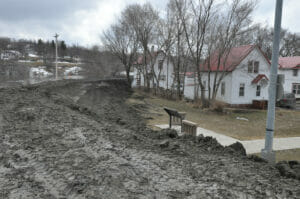
1. Build a Temporary Clay Dike
Temporary dikes are constructed out of clay soil with excavators and bulldozers and removed after floodwaters recede. They are much faster to construct than their sandbag counterpart and can be built a few feet taller. Clay dikes are ideal in larger areas where there’s space for large equipment to move around.
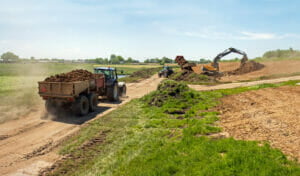
2. Build a Permanent Ring Dike
A ring dike provides permanent flood protection for larger land areas where sandbags aren’t practical, like farmyards or cities prone to flooding. Ring dikes are composed of an embankment made of clay soil with drainage pipes and valves throughout to control the inward and outward flow of water. And believe it or not, they don’t take a ton of time to build. An average farmer’s lot takes just a couple weeks to construct.
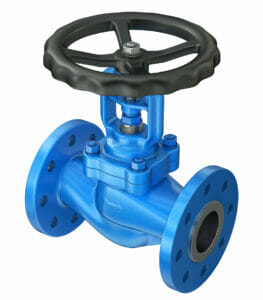
3. Maintain an Existing Ring Dike
Existing ring dike systems require valves to be exercised (opened and closed) every so often to prevent them from ceasing up. If a valve has rusted and doesn’t move properly- or worse, is stuck open- give us a call. During the colder months, we plug faulty valves to prevent water from coming into your property. Then, when the weather warms up and freezing pipes aren’t a concern, we’ll replace with a new valve for proper functionality.
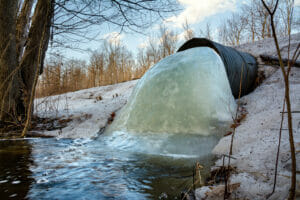
4. Remove Ice Dams
Ice dams in culverts can cause flooding for miles behind the blockage. If you notice a culvert backed up with ice dams, the first step is to reach out to your city or county authorities. For cities, that is usually a city official or maintenance personnel. In the country, depending on where you’re located, the terms you’ll want to search for are either “county engineer,” “county superintendent,” “drainage board,” or “watershed district.” Once notified, they can give us a call to break up the ice, preventing further damage.
Check out a couple of our previous flooding mitigation projects:
_________________
No project is too large or small. Comstock has experience in large-scale, city-wide flood mitigation projects and county drainage solutions, as well as smaller-scale ring dikes around farmyards. Contact Joe Johnson for a quote at (701) 892-7231.

